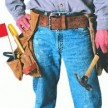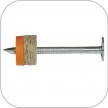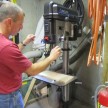Nail Protection Plate
Protect Plumbing Pipes With a Nail Stopping Nail Protection Plate
Nail protection plates come in all shapes and sizes but 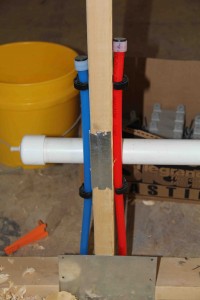 the most common are 1/2 in. in width, 3 in. in length and are galvanized steel for extra corrosion resistance. They are 16 gauge steel to meet the protection requirements of the code and feature a galvanized coating. Install with prongs or 8d common nails.
the most common are 1/2 in. in width, 3 in. in length and are galvanized steel for extra corrosion resistance. They are 16 gauge steel to meet the protection requirements of the code and feature a galvanized coating. Install with prongs or 8d common nails.
Why Use Nail Protection Plates?
They stop expensive call backs and plumbing leaks! All of the major building codes regulate the size and/or location of penetrations in wood members for plumbing, HVAC and electrical components. In many cases, in order to comply with the code, hardware is required to:
- Reinforce wood members
- Protect pipes and other utilities within the wall
- Protect of wiring within the wall
- A hole is closer than 11⁄4″ to the edge of a wood member (IRC, N.E.C.).
- When more than 50% of the width of the top plate is removed and piping is closer than 1-1⁄2″ from the edge of the top plate, a galvanized structural repair/ protection plate is required. The plate must be fastened with 10d-16d nails on each side of the cut and must extend 2″ below and above the framing member.



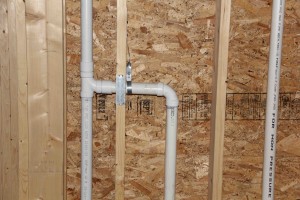 plate penetrations are too close together for separate RPS straps to be installed (example: HVAC chase).
plate penetrations are too close together for separate RPS straps to be installed (example: HVAC chase).